
مجموعة مكونة من 6 ألوان/مجموعة بشعار مخصص وزن خالص 10*6 جم ظلال عيون لامعة مقاومة للماء مكياج جيل لامع للبيع بالجملة

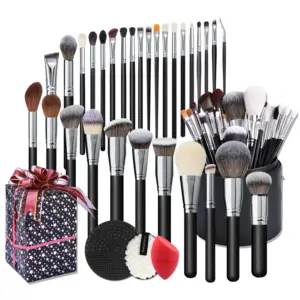
بويا 30 قطعة فاخرة سوداء اللون شعر الماعز المهنية ماكياج الفنان فرشاة الماكياج الأكاديمية شعار مخصص الشعر الطبيعي تجميل الشعر
جاهز للشحن


2024 مجموعة فرش مكياج مستحضرات التجميل علامة تجارية خاصة مجموعة فرش مكياج متخصصة مجموعة فرش مكياج لون وردي مع شعار مخصص 10 قطع
جاهز للشحن

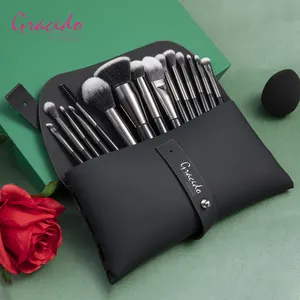
طقم فرش مكياج سوداء 15 قطعة من Gracedo عالية الجودة بشعار مخصص احترافي فاخر منخفض موك طقم فرش مكياج مع حقيبة

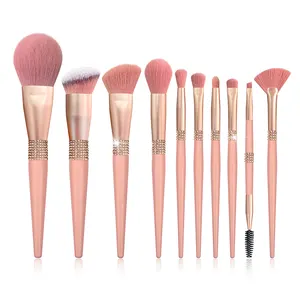
BUEYA 10 قطع مجموعة فرش مكياج لون وردي شعار مخصص حجر الراين كريستال جودة عالية مجموعة فرش ظلال العيون
جاهز للشحن


ملمع شفاه سائل, ملمع شفاه سائل من علامة خاصة عالية الجودة وصديق للبيئة خالٍ من القسوة ومضاد للماء وملون








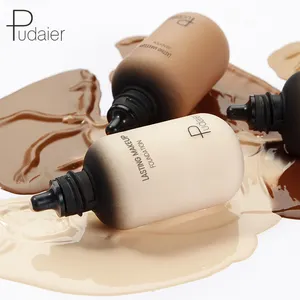












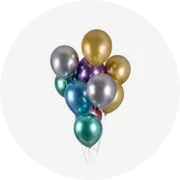











 浙公网安备 33010002000092号
浙公网安备 33010002000092号 浙B2-20120091-4
浙B2-20120091-4